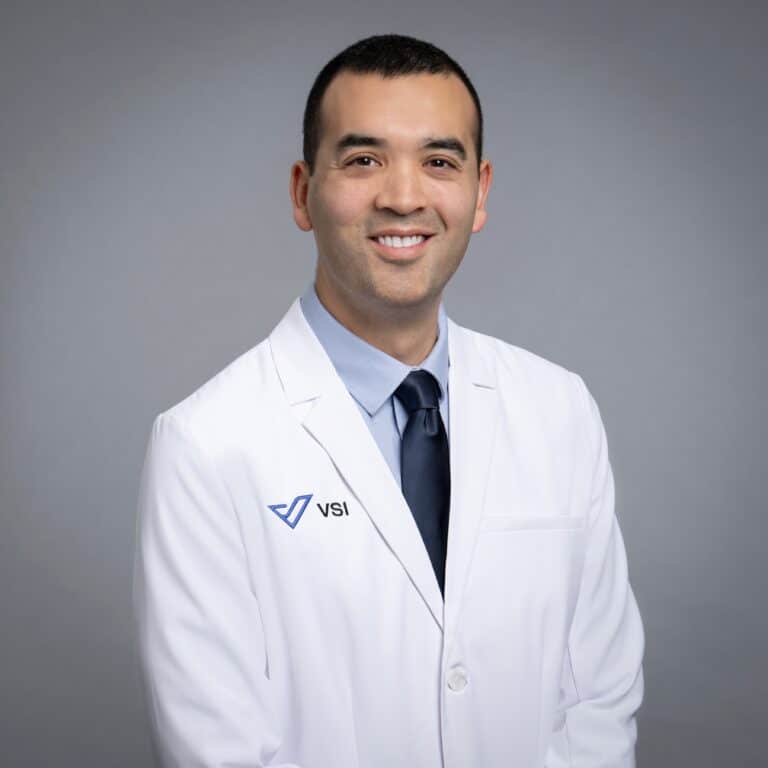
What is Bertolotti Syndrome?
Bertolotti Syndrome is when the bottom lumbar vertebra, also known as L5, grows extra bone that rubs against the sacrum, or the bottom part of the functional spine. This is a commonly misdiagnosed condition, largely because imaging doesn’t always tell the full picture. Very commonly, people without back pain may have the imaging characteristics of the extra bone from an enlarged L5 transverse process. However, certain findings on x-rays make the pain more likely.
There’s a large variability in how much extra bone exists and where it is. In general, if the bone has grown so much that L5 level and sacrum are fused, or completely grown together, then it typically isn’t painful. This is because complete fusion means that there isn’t any motion to cause the painful rubbing of bone. On the other hand, if there’s only a little extra bone formed, then typically that also doesn’t cause pain because the bone is separated enough to not rub itself. Usually, pain occurs if the bone forms just enough to cause pain the rubbing.
When people have a painful Bertolotti joint, typically the pain is felt right over that area which is usually just off of the middle of the lower spine. The good news is that we can usually get this pain-free without surgery. Structured and focused physical therapy, anti-inflammatory meds, and ergonomic training usually take care of the symptoms. However, this isn’t the case for everyone. For people with continued pain, the next step is often injections. There are many times that a cortisone or regenerative medicine injection may fix the problem. They don’t stop the bone from rubbing, but they make the rubbing pain-free. But if that doesn’t work, then surgery is sometimes the next step.
Surgical options for Bertolotti Syndrome are now done relatively minimally invasively. Usually, this means removing the extra bone so that there is no more bone-on-bone grinding. Through a small incision, a small retractor is carefully placed over the region, and the abnormal bone is taken out so that the L5 transverse process returns back to a normal shape. Occasionally, there are circumstances where a fusion is more appropriate but this can also be done minimally invasively.
Oftentimes, people with Bertolotti Syndrome deal with years and years of back pain due to poor quality care, from doctors who do not know how to properly diagnose this condition. The good news: chronic back pain isn’t normal and it doesn’t have to be what you live with. I have successfully treated people from all over the world with Bertolotti Syndrome and want you to get back to the life you should be living because that is what you deserve. Don’t live in pain for something that can be fixed, and trust your surgical team to get you better. We’re here for you!
Topics covered
About the Author
Featured Resources
Insights to Achieve a Pain-Free Life



